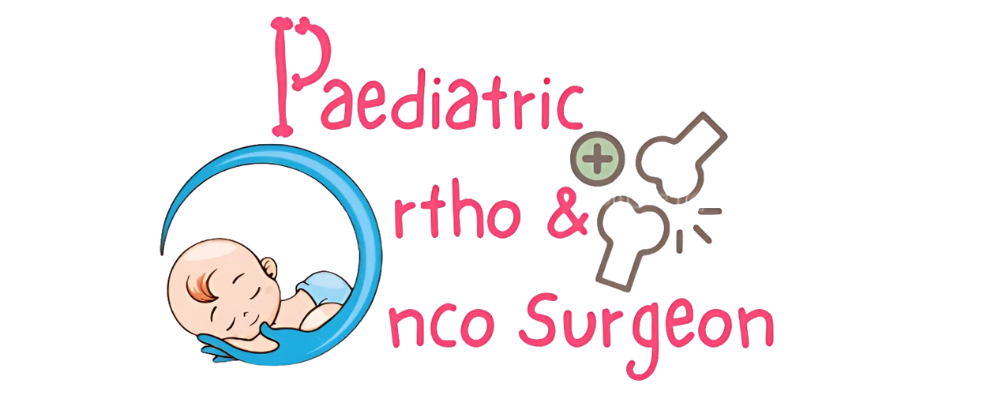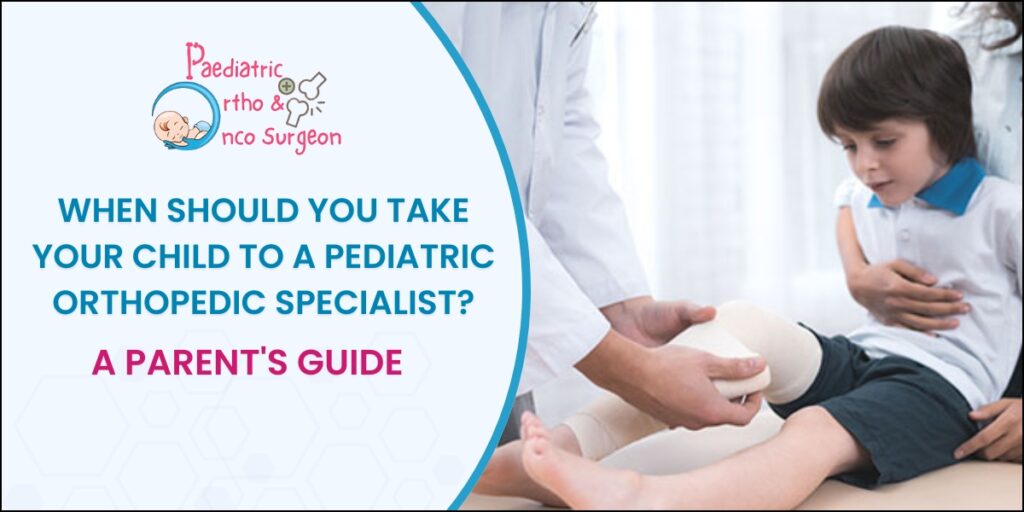As a parent, it’s natural to worry about every bump, bruise, and odd gait your child develops. While most childhood aches are part of growing up, some symptoms warrant a closer look from a specialist. A Pediatric Orthopedic Specialist is a doctor trained to diagnose and treat bone, joint, and muscle problems specifically in children, whose bodies are still developing.
Key signs that indicate it’s time to consult a Pediatric Orthopedic Doctor
1. Persistent Pain or Limping
If your child complains of consistent pain in their bones, joints, or muscles that doesn’t improve with rest, or if you notice a persistent limp, it’s time to see a doctor. This could signal issues like infections, stress fractures, or joint problems like transient synovitis that need proper diagnosis.
2. Noticeable Deformities in Limbs or Spine
Keep an eye out for visible asymmetries. This includes bowlegs or knock-knees that seem severe or worsen after age 3, an uneven shoulder or hip height, or a curvature in the spine. Early detection of conditions like scoliosis or limb length discrepancies can lead to more effective, less invasive treatments.
3. Delayed Motor Milestones
While every child develops at their own pace, significant delays in reaching motor milestones—like sitting, crawling, or walking—can be a red flag. A specialist can assess whether an underlying musculoskeletal issue is the cause.
4. Frequent Tripping or Unusual Gait
Many children have a clumsy phase, but consistent tripping or an unusual walking pattern (like in-toeing or “pigeon-toed” walking and out-toeing) should be evaluated. These can sometimes be due to rotational issues in the legs that may need intervention.
5. Sports Injuries
Young athletes are prone to specific injuries, including growth plate fractures, Osgood-Schlatter disease (knee pain), and ligament sprains. If your child has a sports-related injury accompanied by significant swelling, inability to bear weight, or persistent pain, a pediatric orthopedic evaluation is crucial.
6. No Improvement with Initial Treatment
If your child has already seen a general physician for a musculoskeletal issue and isn’t improving with recommended rest or medication, seeking a second opinion from a specialist is a wise next step.
Trust your instincts. You know your child best. If something about their movement or posture seems off, seeking expert advice can provide peace of mind and ensure your child grows up healthy and strong.
If you are looking for expert care for your child’s bone and joint health, consider consulting with Dr. Vinod Dubey, a renowned Pediatric Orthopedic Specialist in Mumbai. With extensive experience in managing complex childhood orthopedic conditions.
Frequently Asked Questions (FAQs)
1. What is the most common pediatric orthopedic condition?
Common conditions include flat feet, in-toeing, knock-knees, and sports-related injuries. Many are part of normal development, but persistent cases need evaluation.
2. Can a child’s bow legs be corrected?
Yes, most often. Bow legs are normal in infants and usually resolve by age 3. If they persist, worsen, or are asymmetric, a specialist should assess them.
3. What does a pediatric orthopedist do?
They diagnose, manage, and treat musculoskeletal problems in children, including fractures, bone infections, scoliosis, and limb deformities, using both non-surgical and surgical methods.
4. When should I worry about my child’s flat feet?
If flat feet are painful, cause a limp, or are very stiff, you should consult a specialist. Flexible flat feet in a pain-free child are usually normal.
5. How is a pediatric orthopedist different?
They have specialized training in children’s growing musculoskeletal systems, which require different care and treatment approaches than adults.

